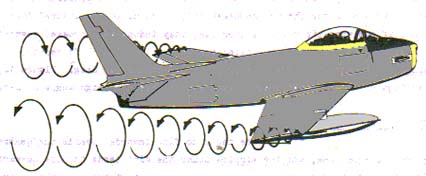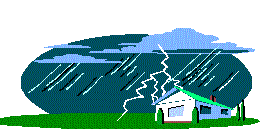Causes of Turbulence:
(sorry no sound)
A basic pilot guide to turbulence:
Turbulence...further explanations:
Reasons for turbulence is probably the most common question from passengers. No-one likes turbulence. Turbulence is really a term given to rough air. The problem with turbulence is that we are unable to see it.
Compare an ocean liner sailing on calm seas as against an ocean liner sailing through stormy weather, that is rough seas. The ship will toss and heave caused by the rough water. This is exactly what happens to a plane in turbulent (rough) air.
Turbulent air can be caused by many things as described on this page. The majority of turbulence below 5,000 feet above an airport is caused by wind blowing over a mountain(s), a series of trees, or buildings. The turbulent air is downstream of the object.
Storms or large clouds around an airport can also be the cause of turbulence. Pilots would prefer to fly in clear weather but unfortunately have to cope with other conditions. The real worry is very large thunderstorms within 10 nautical miles from an airport because they can create turbulence and also windshear.
Sometimes your pilot will judge it better to wait for takeoff or perhaps divert and land somewhere else.
Your safety is paramount. 
Another source of turbulence during take-off and landing can be caused by an aeroplane ahead of your plane. This is called "wake turbulence", and is caused by a mixture of disturbed airflow from the wings and or engines of the plane ahead of you. Notice the vortices off the wing tips on the plane above.
The sun's rays heating the surface of the earth is a cause of turbulence because it creates updrafts. This mixes with upper atmosphere winds and creates turbulent air. Aircraft weather radar cannot detect this nor any other form of wind-generated turbulence.
